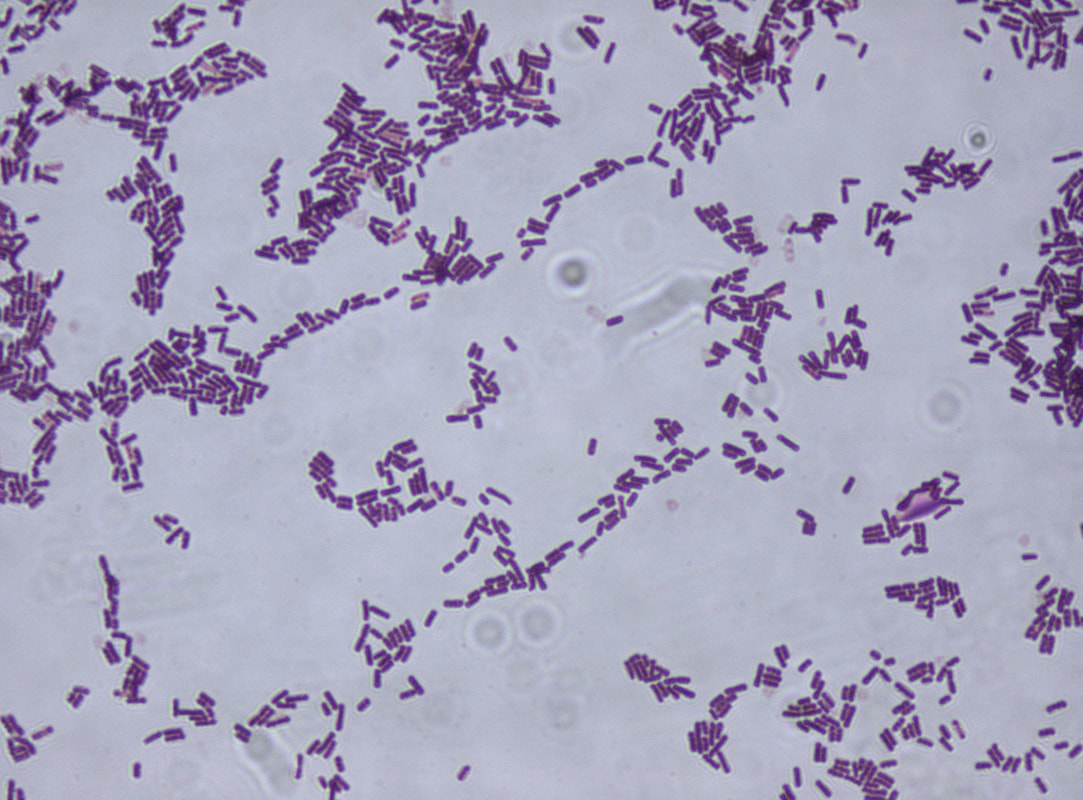- Track populations of Ammonia Oxidizing Bacteria (AOB) & Nitrite Oxidizing bacteria (NOB). We all know that the AOB & NOB cultures are both slow growing and susceptible to upset. Genetic testing can monitor these populations and give early warning of population increase or decline.
- Find your true position on the growth curve - MCA data gives information on microbial diversity and if k-rate or r-rate strategists are dominating the biomass. This allows for great information that looks at the microbial populations rather than calculations such as F/M or MCRT.
- Systems with bulking tendencies - either filamentous or non-filamentous - have used MCA testing to monitor both filament and viscous bulking form microbes. The test helps guide operators before bulking effects effluent quality.
- Rapid information about changes in biomass makeup due to operational changes. Changing influent makeup, MCRT, aeration, or any other major control creates a change in biomass. MCA testing gives information about what is changing and how it will impact effluent quality.
|
A total microbial census of MLSS using advanced 16s rRNA sequencing is interesting, but what is the practical application of this big pile of data. As with most new testing, I often get the "what does this mean" question. So, I will highlight a few ways we are using the data.
While toxic shock loadings are usually found in industrial wastewater treatment plants, municipal facilities with combined industrial flows can experience loss of viable biomass from a toxic or quasi-toxic shock loading. Common causes of toxicity include:
|
AuthorErik Rumbaugh has been involved in biological waste treatment for over 20 years. He has worked with industrial and municipal wastewater facilities to ensure optimal performance of their treatment systems. He is a founder of Aster Bio (www.asterbio.com) specializing in biological waste treatment. Click to set custom HTML
Archives
April 2024
|



 RSS Feed
RSS Feed